The most breathtaking natural wonder in every state
Sophie-Claire Hoeller,Melia Robinson

- Anyone who has travelled around America may be familiar with the iconic Grand Canyon or the redwood trees in California, but there is so much more to see.
- The US offers endless mountain ranges and crystal clear lakes.
- From the Ozarks in Arkansas to the Grand Prismatic Spring in Wyoming, America has plenty of natural attractions.
From arid deserts to lush forests, mountain peaks to gorgeous valleys, America's landscape is as varied as it is stunning. No wonder it's called "America the Beautiful."
Picking 50 wasn't easy, but here are the most beautiful natural attractions in each state.
Melissa Stanger contributed to an earlier version of this post.
ALABAMA: The Cathedral Caverns
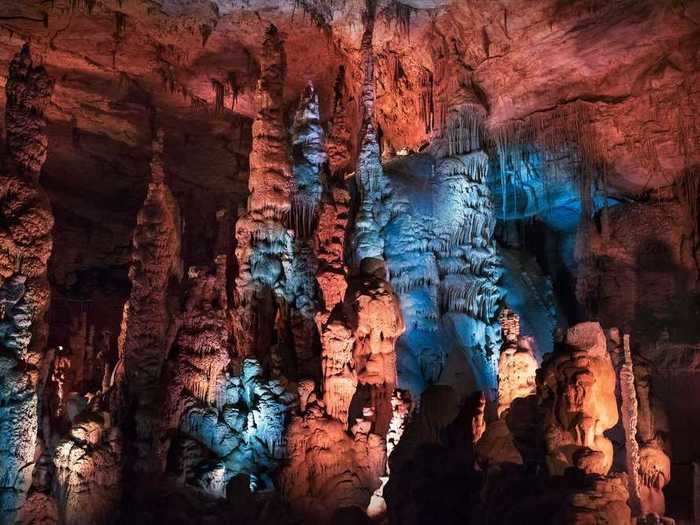
The Heart of Dixie is home to the Cathedral Caverns, which features Big Rock Canyon, Mystery River and other stunning natural formations, like Goliath, one of the world's largest stalagmites.
Source: Alabama State Parks
ALASKA: The Northern Lights

Our northernmost state is the only place in the US where the Northern Lights are a common occurrence. Known as the aurora borealis, this natural light show is caused by the collision of solar wind with particles in our atmosphere.
Source: Alaska Tours
ARIZONA: The Wave
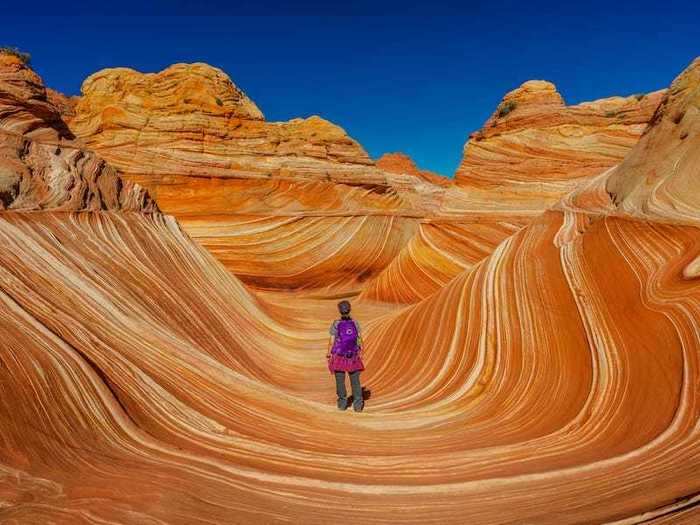
The Grand Canyon is Arizona's best-known natural beauty, but it isn't the only one. The Wave is a sandstone rock with thousands of linear carvings caused by time and erosion.
Source: TheWave.info
ARKANSAS: The Ozarks

The Ozark region is breathtaking, with its steep-sloping plateaus, drastic drops in elevation, and wooded mountains as far as the eye can see.
Source: Arkansas
CALIFORNIA: Sequoia National Park
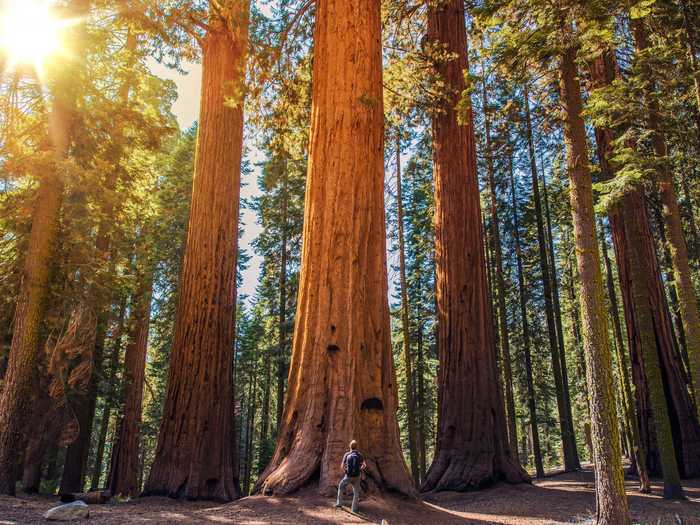
The Golden State has some of the tallest trees on Earth. The giant sequoia and redwood trees can be hundreds of years old and grow over 300 feet high. Find them at California's famous Sequoia National Park.
Source: National Park Service
COLORADO: Garden of the Gods
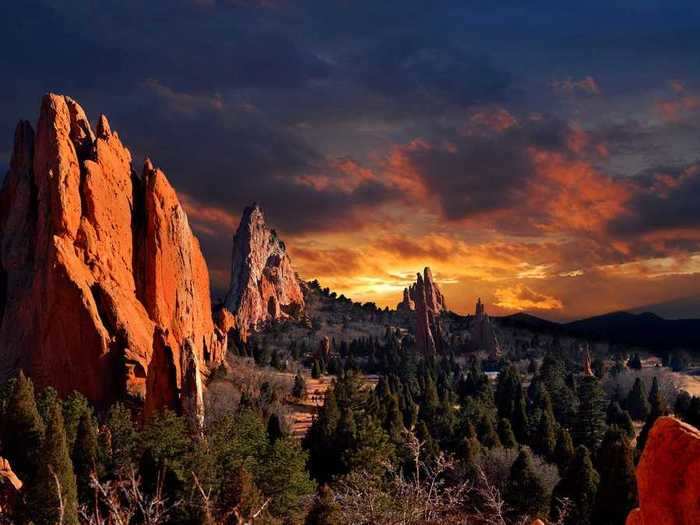
Aptly named, Colorado's Garden of the Gods is filled with stunning rock formations, like the almost impossibly teetering "Balanced Rock."
Source: Garden of Gods
CONNECTICUT: The trees along the Connecticut River
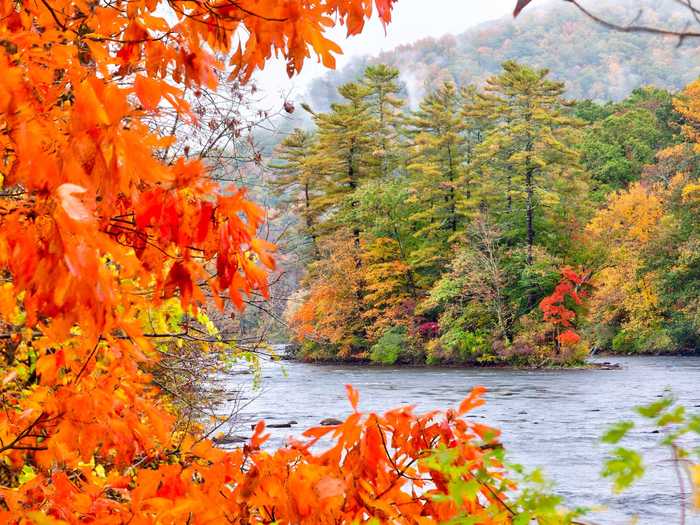
Like other New England states, Connecticut makes a stunning place to stop and see the fall foliage. Fun fact: The trees along the Connecticut River, from the mouth of the Long Island Sound to East Haddam, will hold the foliage the longest.
Source: Connecticut Office of Tourism
DELAWARE: Cypress Swamp
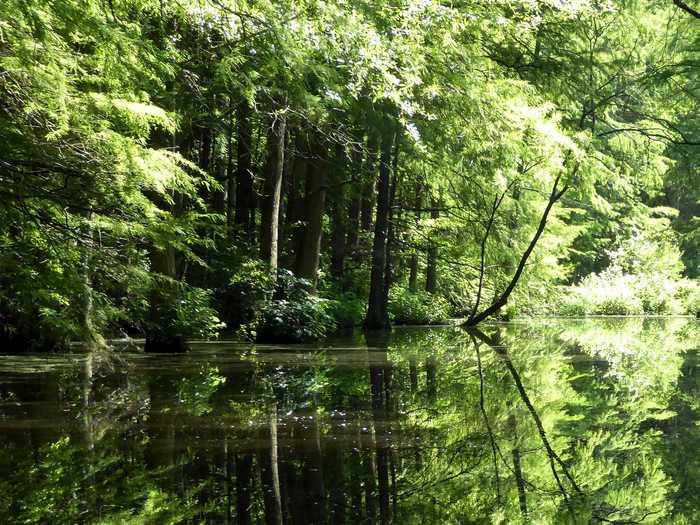
When you think of swamps, Delaware is probably not the first state that comes to mind, but Trap Pond State Park's "Cypress Swamp" features the northernmost natural stand of bald cypress trees in the US.
Source: DE Wildlands
FLORIDA: The Everglades
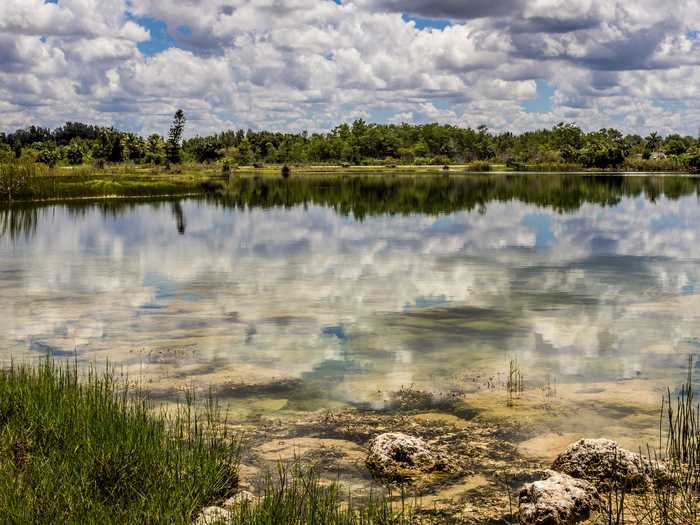
When you're done with Disney, venture farther south into the Everglades, a watery wilderness formed by trees and marshland. It's the largest subtropical wilderness in the US. But watch out for alligators!
Source: National Park Service
GEORGIA: The quartz monzonite dome
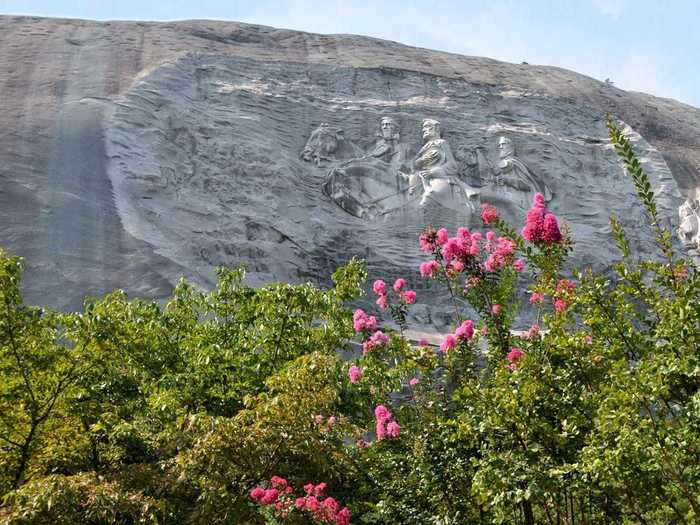
The quartz monzonite dome for which Stone Mountain Park is named stands nearly 1,700 feet tall. Today, Stone Mountain is known for the large three-figure relief carving on its side — the largest in the world.
Source: Stone Mountain Park
HAWAII: The Kilauea volcano
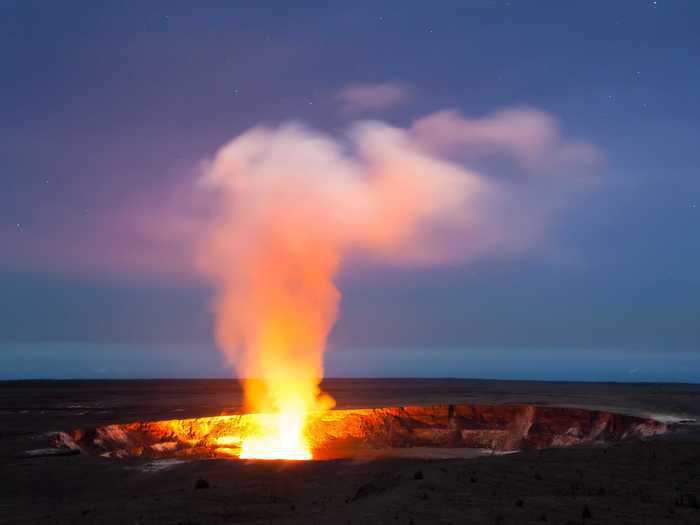
At the Kilauea volcano, magma comes flying out in solid chunks of ash rather than flowing out as lava, making it not only beautiful but also dangerous.
Source: National Geographic
IDAHO: The "fire rainbow"
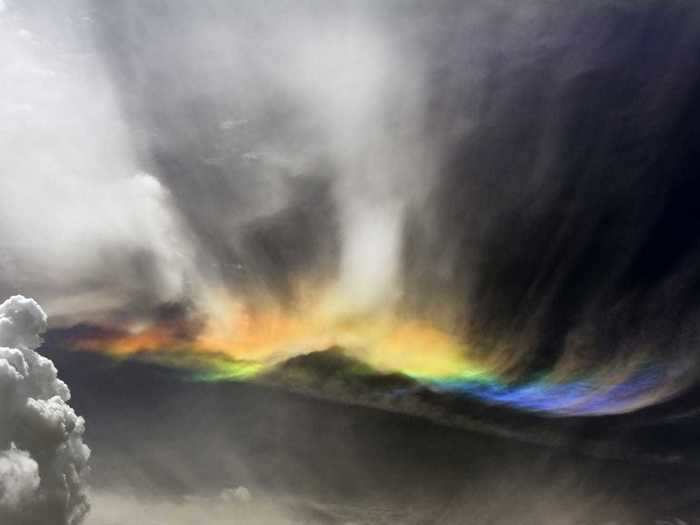
The "fire rainbow" is a rare phenomenon that occurs only in certain areas, like Idaho, where the sun can get to more than 58 degrees above the horizon. Ice crystals in the atmosphere capture the light of the sun and refract all the colors of the rainbow.
Source: Only In Your State
ILLINOIS: Starved Rock State Park
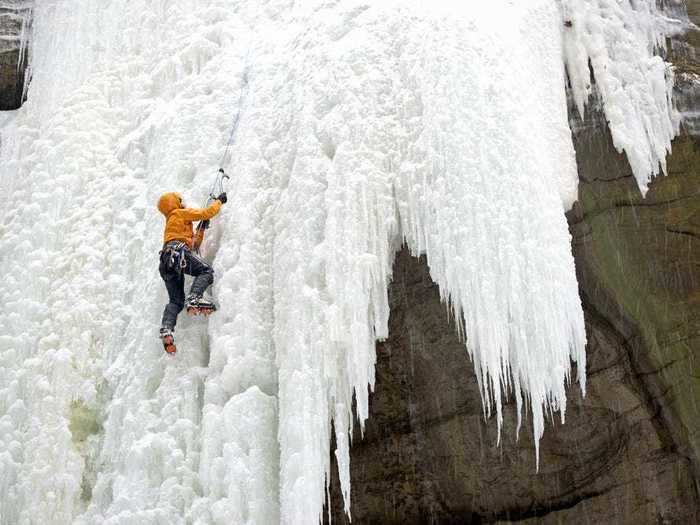
Spring thaw and rain created the gorgeous Starved Rock State Park's 18 canyons and waterfalls thousands of years ago. The best time to see the waterfalls is in the spring, when the snow is melting.
Source: Starved Rock State Park
INDIANA: Lake Michigan's sand dunes
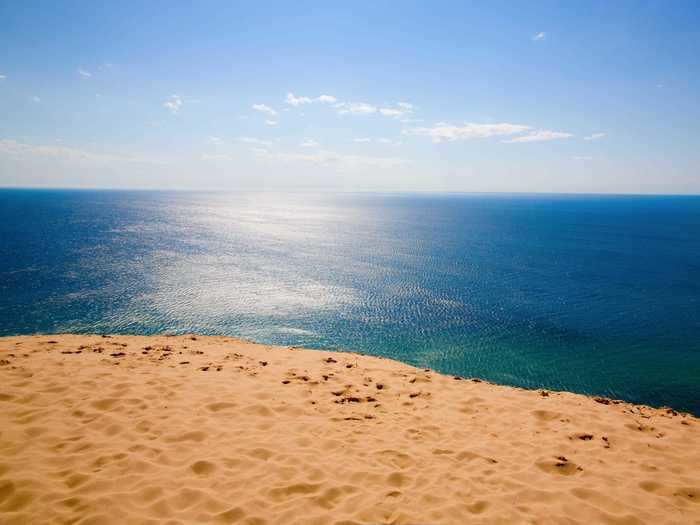
On the shores of Lake Michigan, Indiana's sand dunes rise nearly 200 feet high. They're the result of the last great continental glacier's retreat about 14,000 years ago.
Source: National Park Service
IOWA: Asperatus clouds
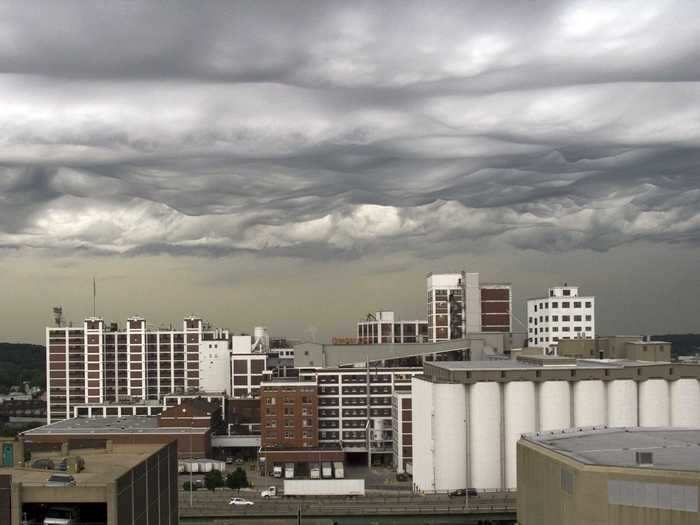
Plains areas like Iowa are the best to spot the ominous Van Gogh-esque asperatus clouds. First photographed in Cedar Rapids in 2006, these clouds have more bark than bite, and usually dissipate within 15 minutes.
Source: Associated Press
KANSAS: Monument Rocks (aka Chalk Pyramids)
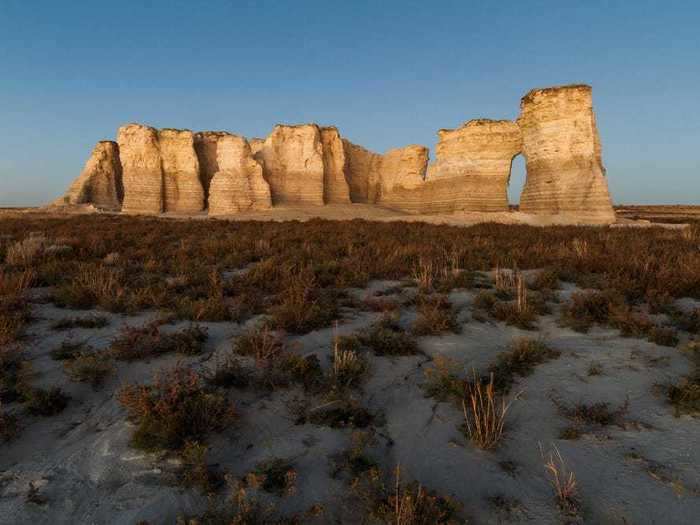
These behemoth chalk formations — which are on the National Natural Landmark registry — have produced tons of fossils. Plus, they're pretty to look at.
Source: Atlas Obscura
KENTUCKY: Mammoth Caves
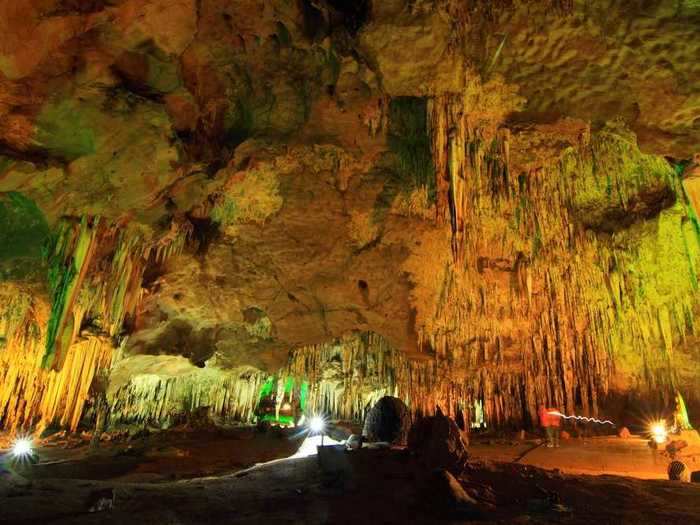
The world's most extensive known cave system is aptly named. Mammoth Caves, with more 400 explored miles of caverns, has a delicate and complex ecosystem.
Source: National Park Service
LOUISIANA: Bayou Bartholomew
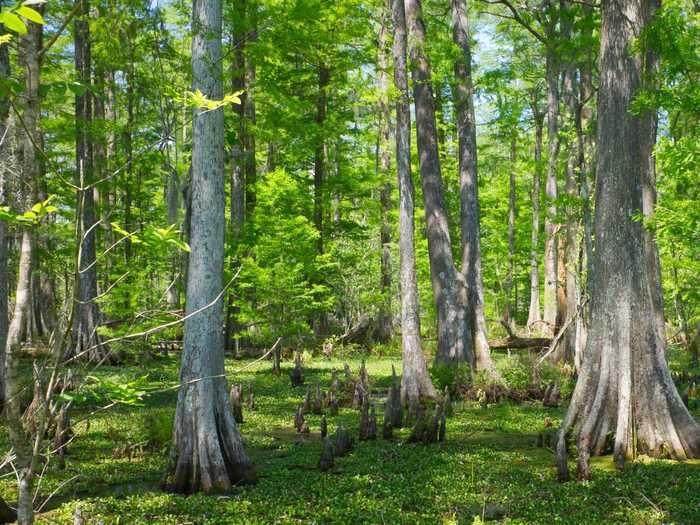
The bayous of Louisiana are so much more than swamps. These wetlands are active — albeit slow-moving — waterways with native animal and plant life. At 375 miles, Bayou Bartholomew is the longest in the world.
Source: National Geographic
MAINE: Acadia National Park
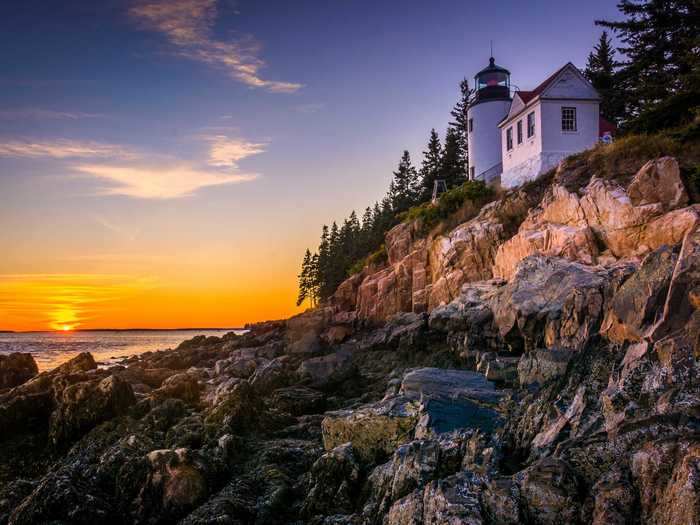
A hot spot for tourists, Acadia National Park has pristine views, hidden pathways and trails, and the tallest mountain on the US Atlantic coast.
Source: National Park Service
MARYLAND: Assateague Island
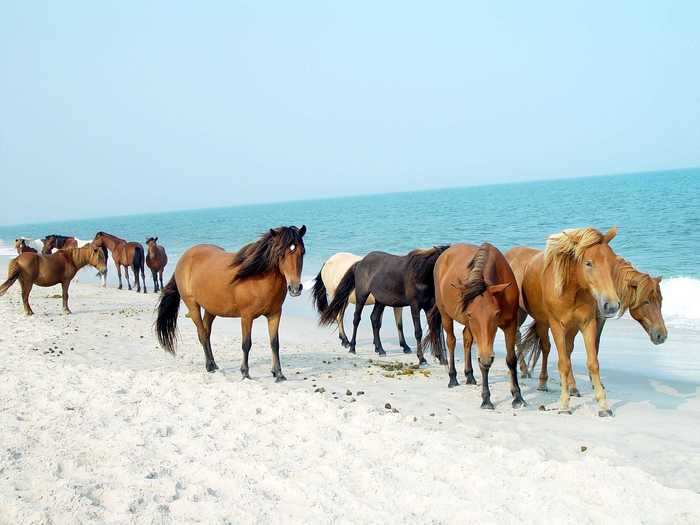
A barrier island shared between Maryland and Virginia, Assateague Island is famous for its wild, beach-loving horses. Local folklore says a shipwreck brought the horses to Assateague.
Source: National Park Service
MASSACHUSETTS: Walden Pond
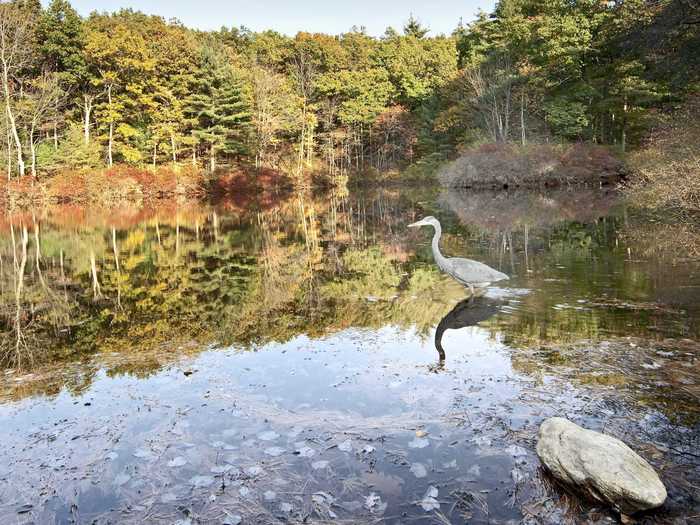
The intrigue and beauty of Walden Pond are praised most notably by Henry David Thoreau in his book "Walden," which is based on his experiences living there.
Source: Mass.gov
MICHIGAN: Lake Superior
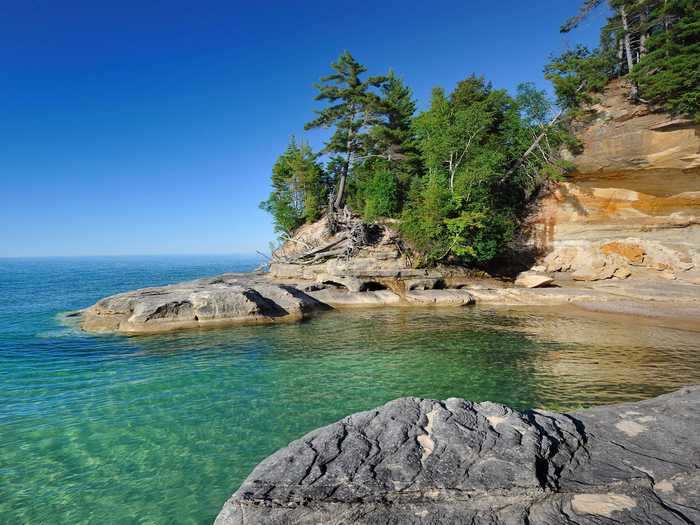
Lake Superior surrounds Isle Royale National Park, an area home to free-roaming moose and wolves. The biggest of all the Great Lakes, Lake Superior could hold all the others, plus three more lakes the size of Lake Erie.
Source: Michigan
MINNESOTA: Boundary Waters Canoe Area Wilderness
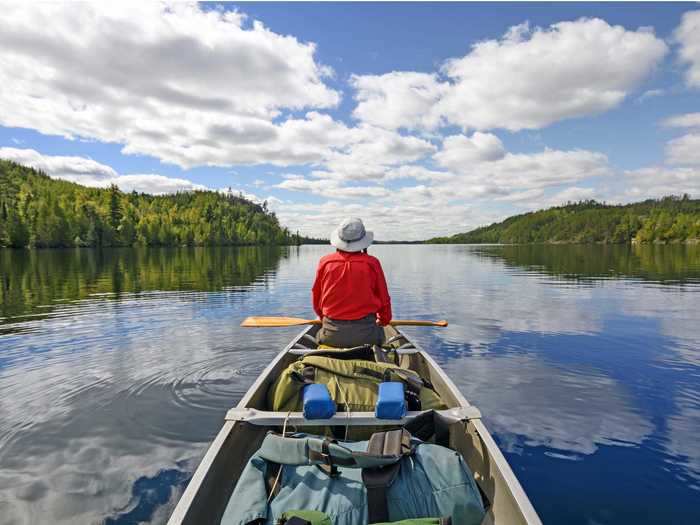
A popular campsite and adventure sports destination, Boundary Waters Canoe Area Wilderness spans over 1 million acres in the northern part of Minnesota. The area is mostly water interspersed with tiny islands that formed as the glaciers of the last Ice Age retreated.
MISSISSIPPI: The Mississippi River
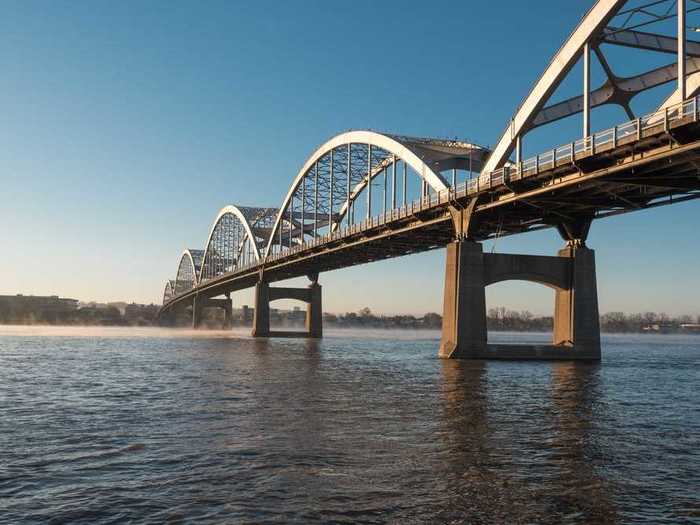
The Mississippi River, which effectively splits the country in half, is both beautiful and dangerous; inclement weather can cause devastating flooding in nearby areas, especially around the Gulf of Mexico.
Source: American Rivers
MISSOURI: Onondaga Cave
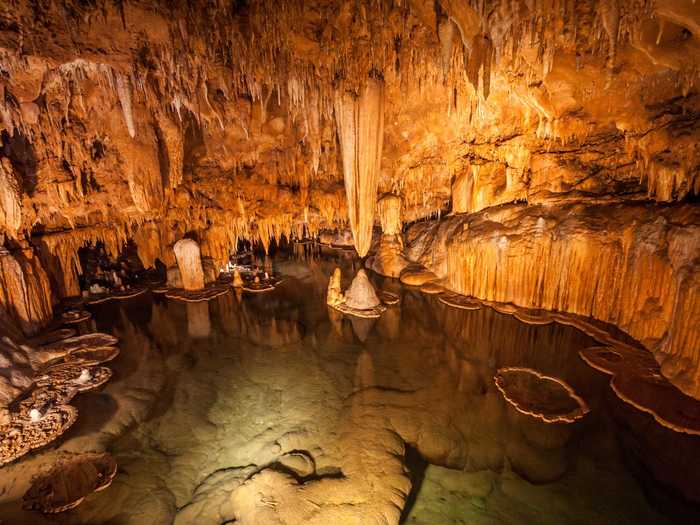
Onondaga Cave is one of the most beautiful in the country, with dripping stalagmites and "lily pads" formed by mineral deposits in the water.
MONTANA: Glacier National Park
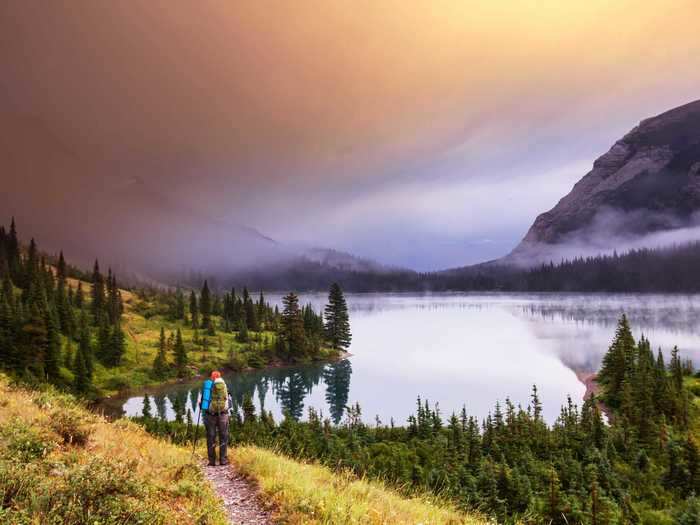
The heart of the Crown of the Continent region, Glacier National Park earned its nickname for its rugged peaks, pristine forests, glacier-carved valleys, native prairie, and sparkling waters. It's a hiker's paradise, with more than 700 miles of trails.
Source: National Park Service
NEBRASKA: Chimney Rock National Historic Site
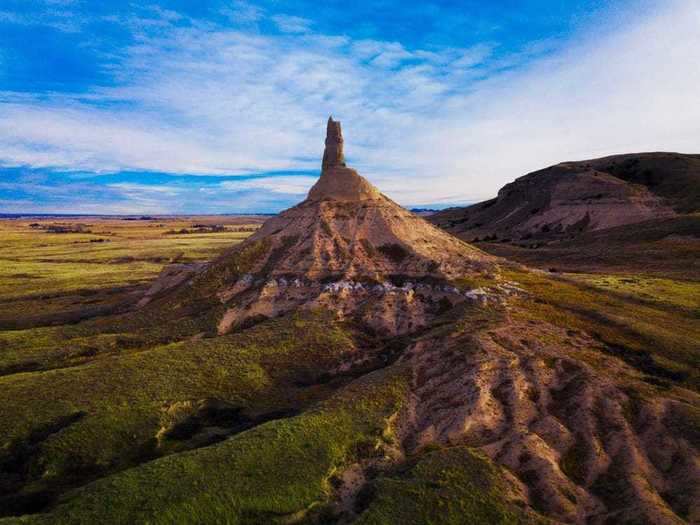
Chimney Rock National Historic Site is a geological formation left over from the erosion of the bluffs at the edge of the North Platte Valley. The spire rises 325 feet from the base and is composed of layers of volcanic ash and Brule clay.
Source: National Park Service
NEVADA: Valley of Fire State Park
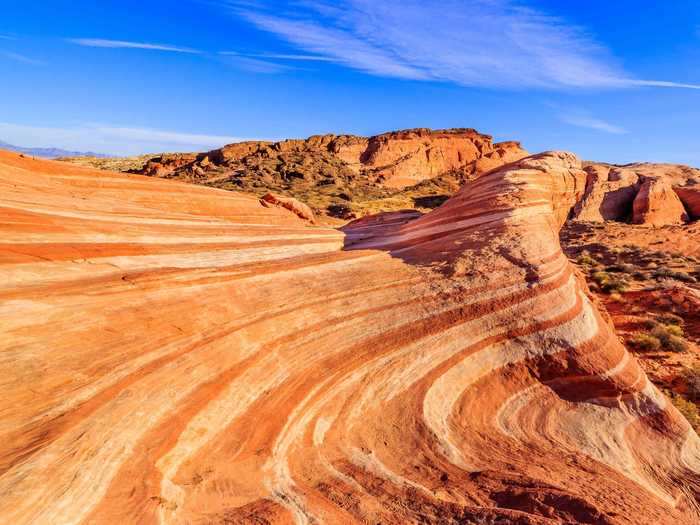
Named for the brilliant sandstone formations that burn red like the sun, Valley of Fire State Park was formed 150 million years ago by shifting in the sand dunes. Hikers and campers will marvel at its copious amounts of petrified wood and 3,000-year-old Indian petroglyphs.
Source: National Park Service
NEW HAMPSHIRE: Mount Washington
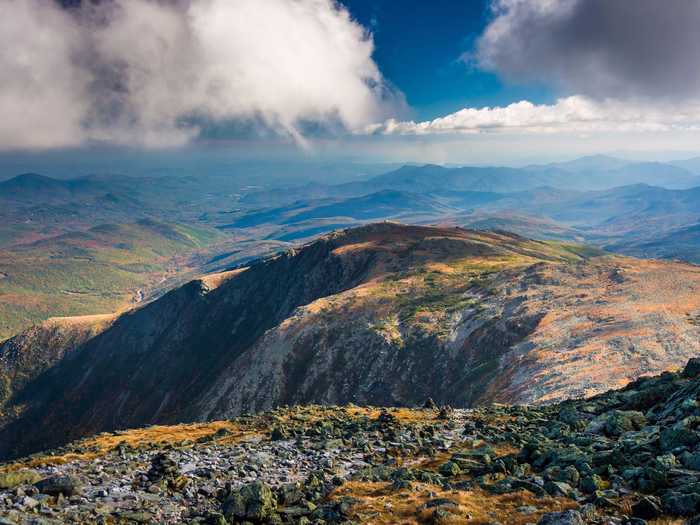
The highest peak in the Northeast, Mount Washington stretches 6,288 feet into the sky. In fair weather, its summit offers views of Maine, Vermont, Massachusetts, Quebec, and even New York.
Source: Mount Washington
NEW JERSEY: Island Beach State Park
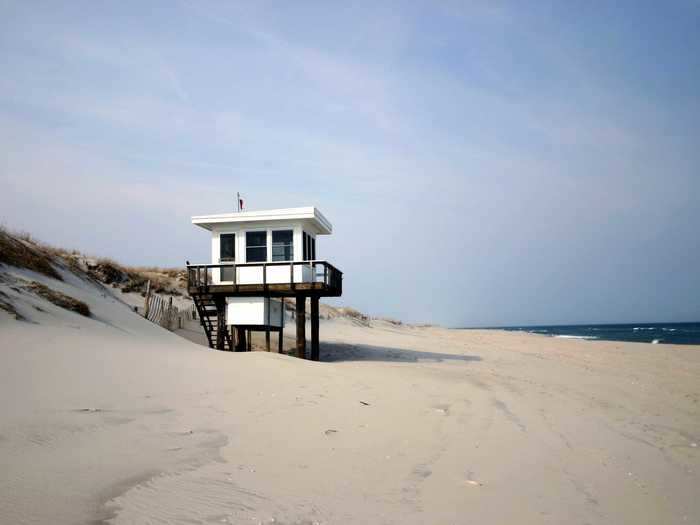
The Garden State's crown jewel remains its 130 miles of coastline, spanning from Sandy Hook to Cape May. Its Island Beach State Park park is the largest reserve of undeveloped barrier island in New Jersey, and one of the largest in the United States.
Source: Visit NJ
NEW MEXICO: The White Sands National Monument
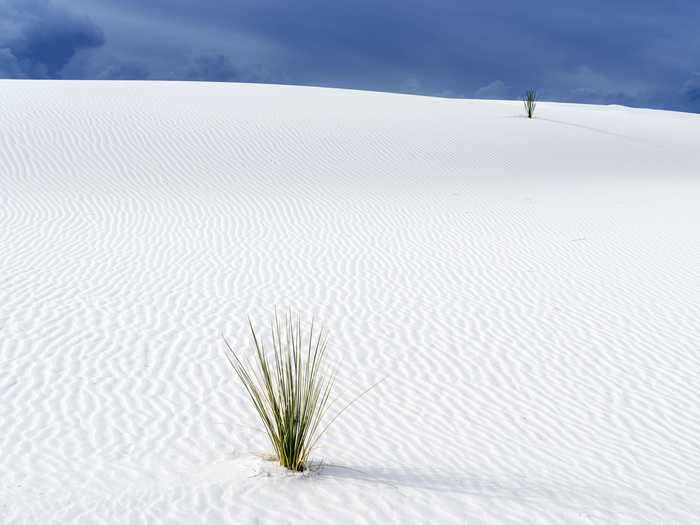
The White Sands National Monument is the world's largest gypsum sand dune field, encompassing 275 square miles of glistening white sands.
Source: National Park Service
NEW YORK: Niagara Falls
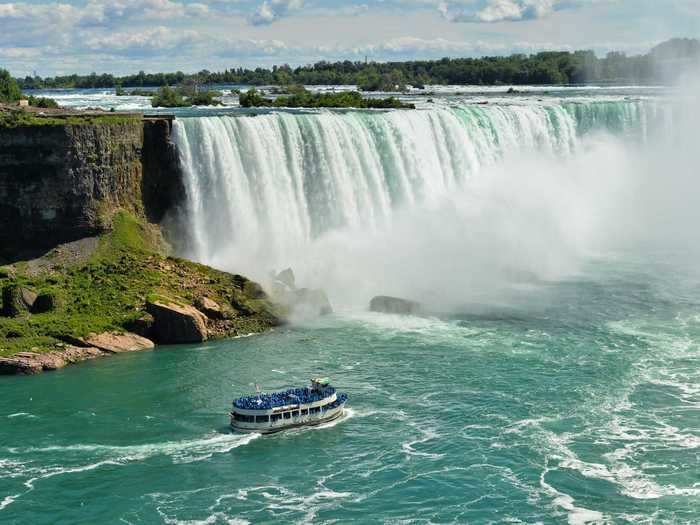
Niagara Falls, the unofficial wedding capital of New York, flushes 3,160 tons of water over its falls every second and produces over four million kilowatts of electricity, which is shared by the US and Canada.
Source: Niagara Falls State Park
NORTH CAROLINA: Blue Ridge Parkway

Along the Blue Ridge Parkway through the Appalachian Highlands is one of the most ecologically diverse areas in the world: home to 100 varieties of trees, 1,600 plant species, 54 mammals, and 159 species of birds.
Source: National Park Service
NORTH DAKOTA: The Little Missouri National Grasslands
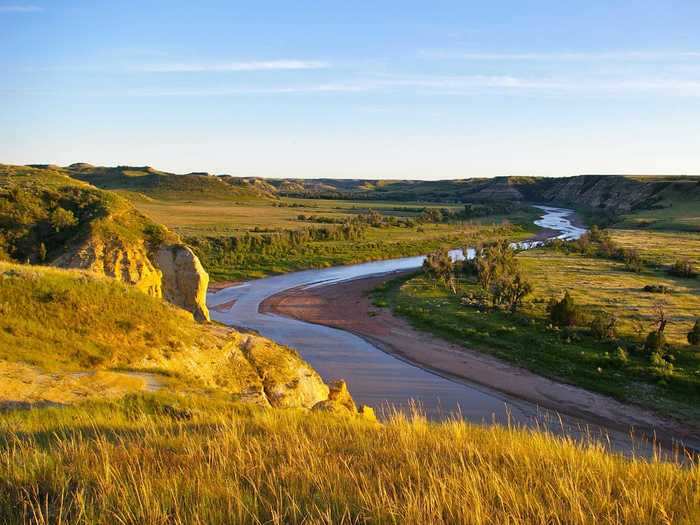
The Little Missouri National Grasslands feature colorful and unspoiled badlands, a rugged terrain eroded by wind and water, and both long and short prairie grasses.
OHIO: Hocking Hills State Park
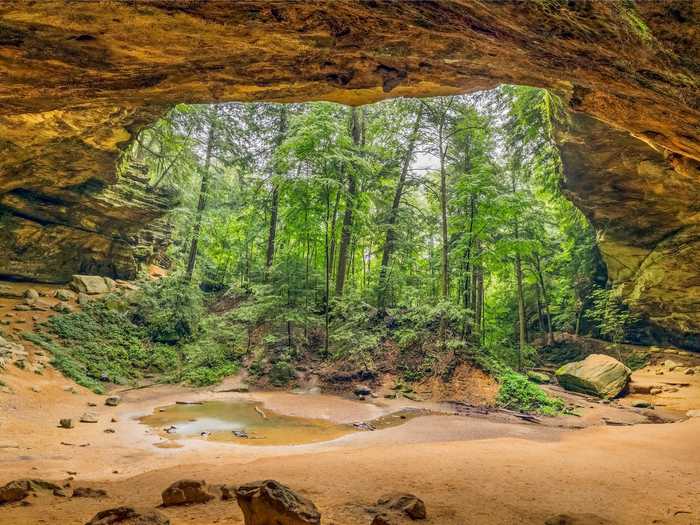
Follow the hemlock-lined trails of Hocking Hills State Park and you'll find cascading waterfalls, deep-recessed caves, and cliff views that will steal your breath away. For thousands of years, water flowed through the valley and cut away the Blackhand Sandstone, smoothing out a walkway for visitors.
Source: Hocking Hills State Park
OKLAHOMA: The Great Salt Plains
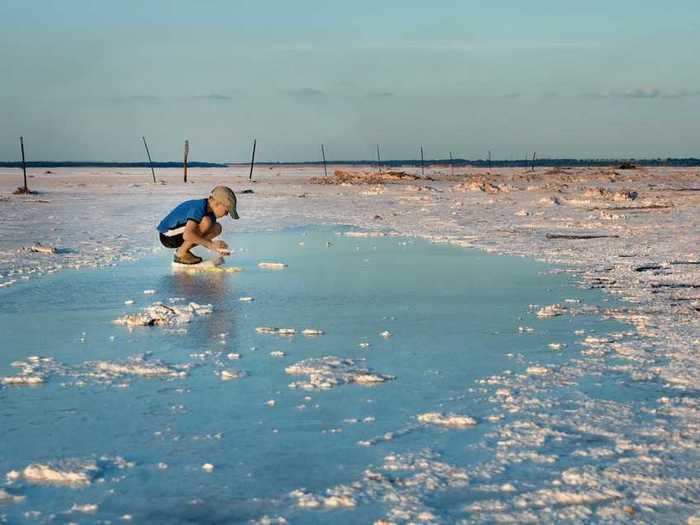
The Great Salt Plains are evidence that seawater flooded the Sooner State millions of years ago. The water was eventually cut off from the oceans and evaporated, depositing thick layers of salt.
Source: US Fish & Wildlife Service
OREGON: Thor's Well
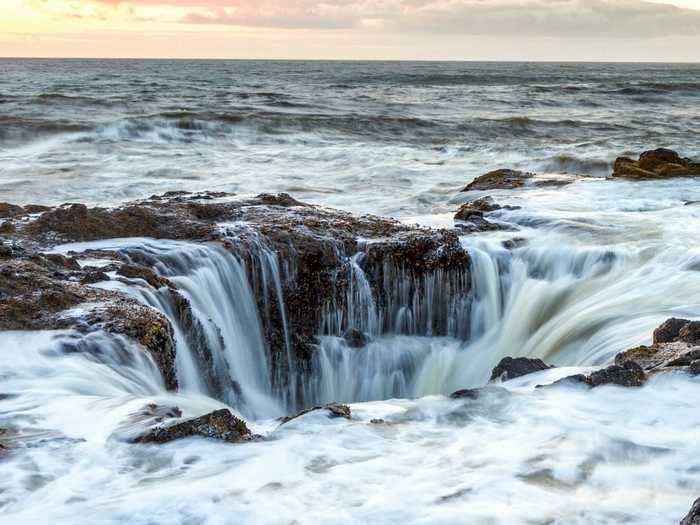
Thor's Well is a huge saltwater fountain powered by the Pacific Ocean. When the surf is up, water shoots upward from the bowl, and then drains back into the opening.
Source: Travel Oregon
PENNSYLVANIA: Ricketts Glen
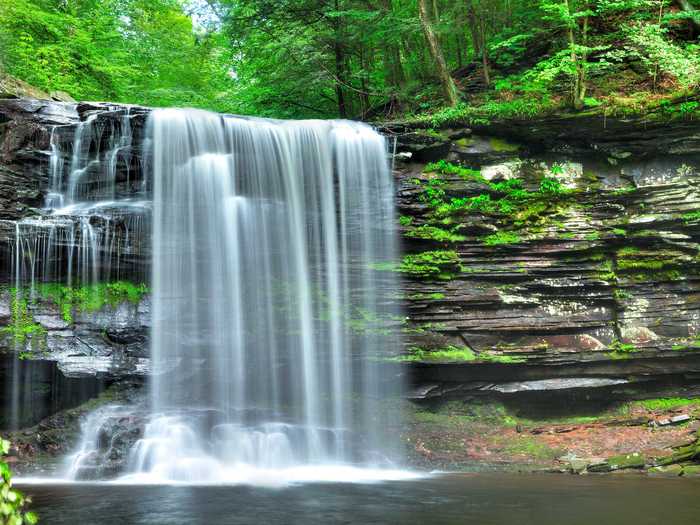
Ricketts Glen harbors 22 named waterfalls, each cascading through rock-strewn clefts in the hillside. The highest, Ganoga Falls, drops 94 feet.
Source: Pennsylvania Department of Conservation and Natural Resources
RHODE ISLAND: Mohegan Bluffs
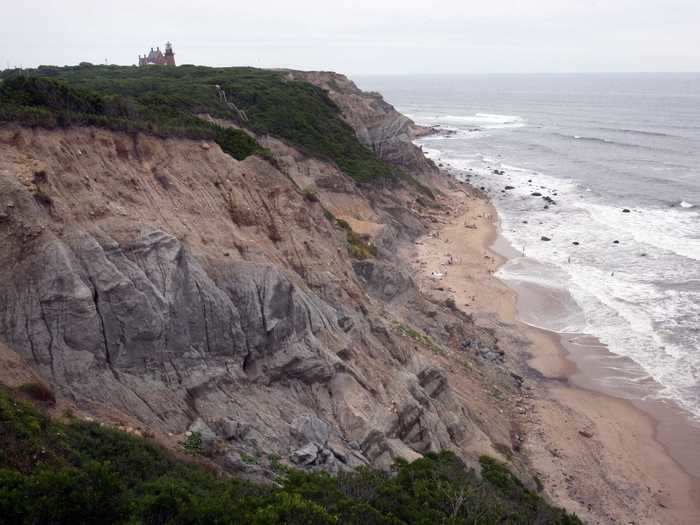
Often compared to the cliffs of Ireland, the 200-foot-tall Mohegan Bluffs offer panoramic views of the Atlantic Ocean. Visitors must climb down 140 steps and over yards of boulders in order to reach the beach, but it's worth the trip.
Source: Block Island Info
SOUTH CAROLINA: Hunting Island
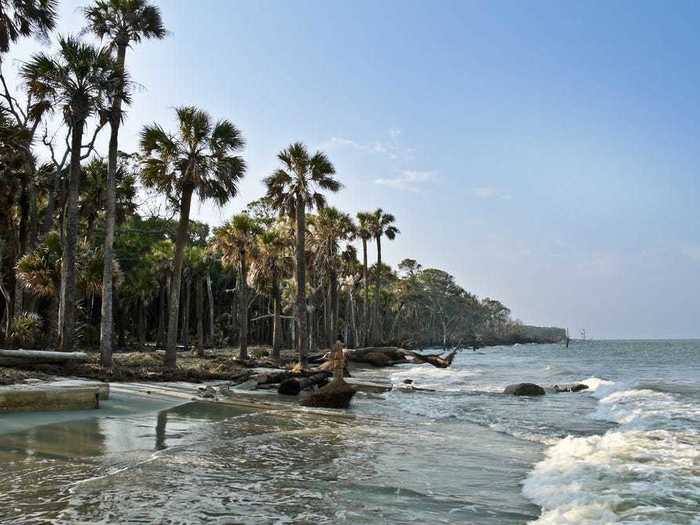
The lush marshes on Hunting Island provide the best views of the sunset. You may recognize them from the Vietnam War scenes in the movie "Forrest Gump," which were filmed along Marsh Boardwalk.
Source: HuntingIsland.com
SOUTH DAKOTA: Badlands National Park
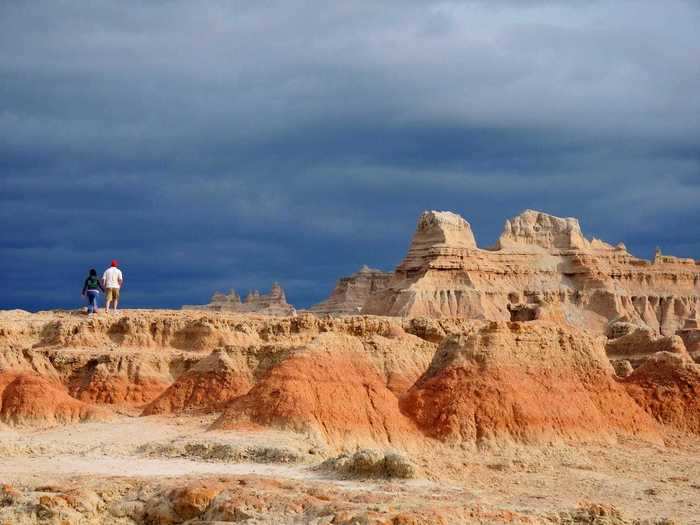
One of the world's richest fossil beds can be found at Badlands National Park. Ancient mammal species, like the saber-toothed cat, once roamed here.
Source: National Park Service
TENNESSEE: Firefly phenomenon
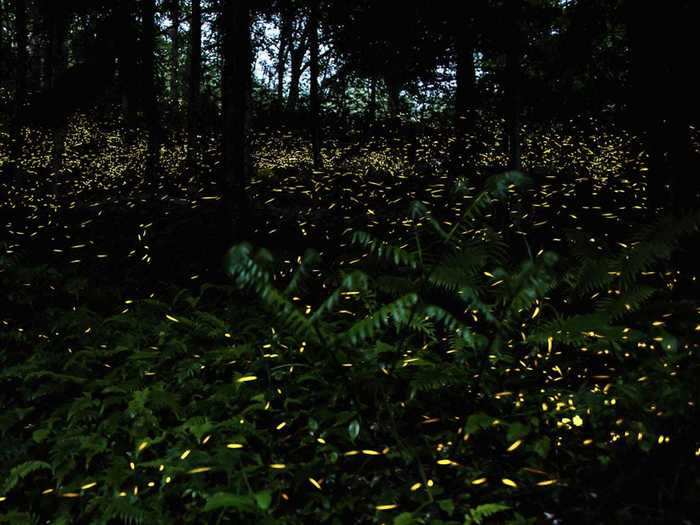
For two weeks every summer, a special species of fireflies congregates in Great Smoky Mountains National Park to find mates. Thousands gather to observe a naturally occurring phenomenon in which the fireflies blink in unison.
Source: National Parks Traveler
TEXAS: Enchanted Rock State Natural Area
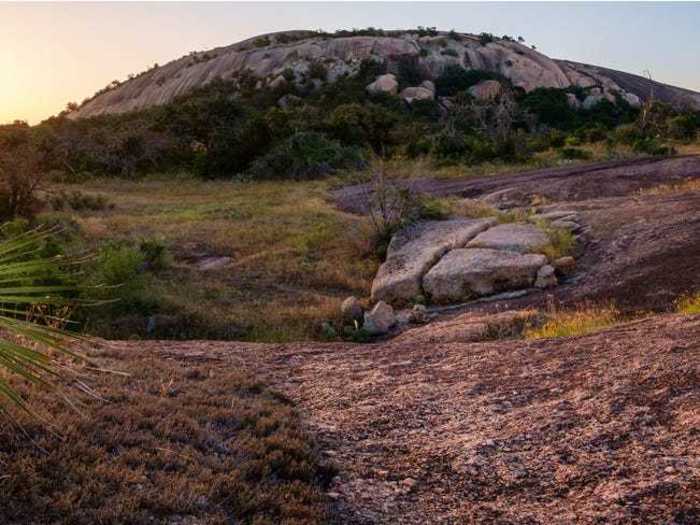
The massive pink granite dome rising above Enchanted Rock State Natural Area formed a billion years ago, when a large pool of magma buoyed above the Earth's surface, cooled, and slowly turned to granite. It's an exfoliation dome, meaning it has layers like an onion.
Source: Texas Parks & Wildlife
UTAH: Arches National Park
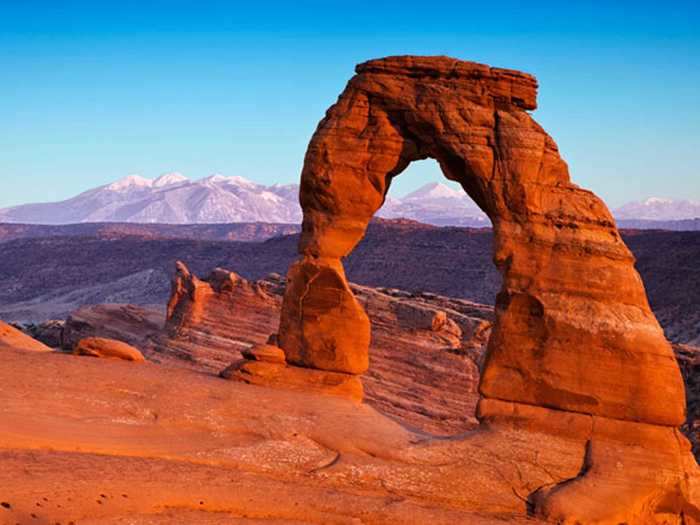
Arches National Park is a red, arid desert, punctuated with over 2,000 natural stone arches, soaring pinnacles, massive fins, and giant balanced rocks.
Source: National Park Service
VERMONT: Quechee Gorge
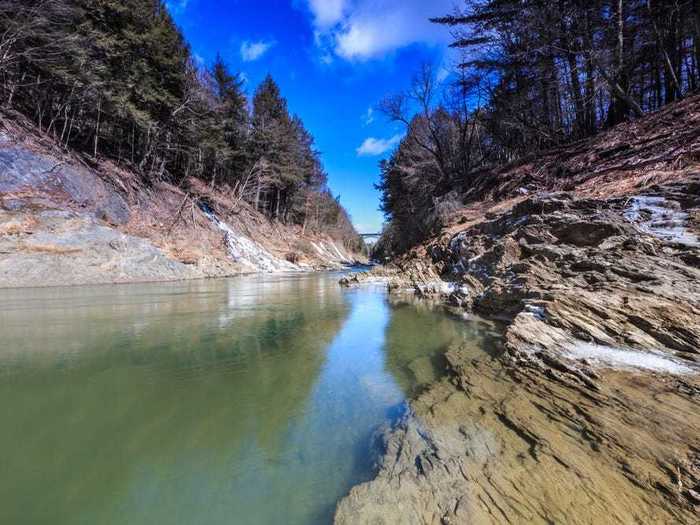
Also known as "Vermont's Grand Canyon," Quechee Gorge was formed by melting glaciers around 13,000 years ago.
Source: Vermont Tourism Network
VIRGINIA: Skyline Drive
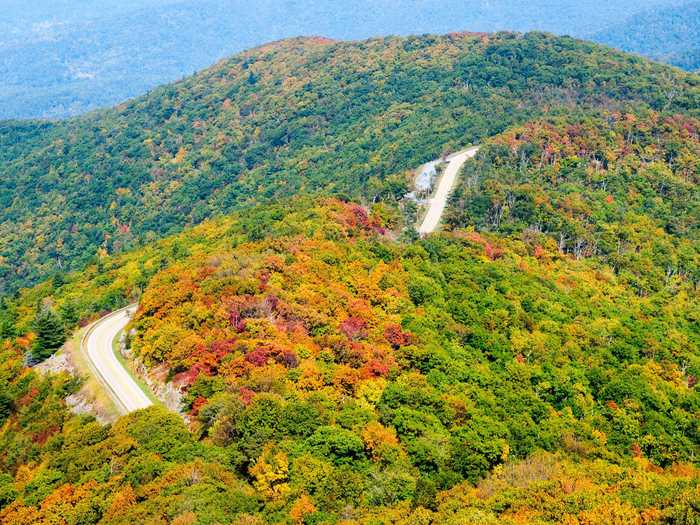
A road trip down Skyline Drive shows off all that beautiful Shenandoah National Park has to offer. Wildflowers bloom all year round, and deer, black bears, wild turkeys, and other woodland animals meander on the 105-mile path.
Source: National Park Service
WASHINGTON: Hall of Mosses
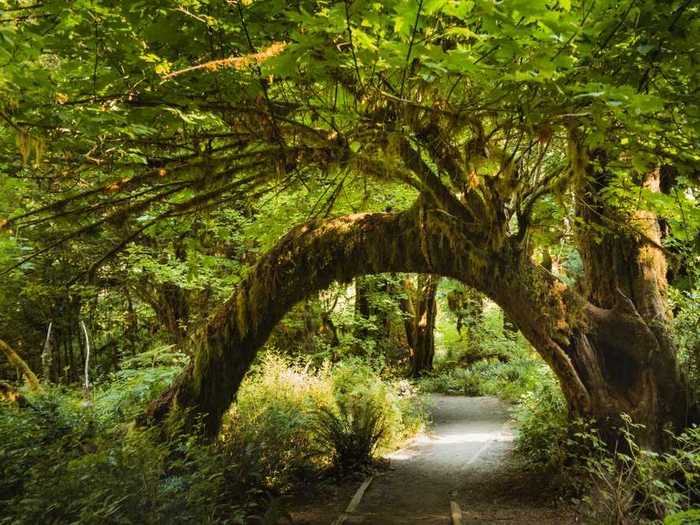
Throughout the nearly 1 million acres of Olympic National Park are glacial mountains, cliff-lined beaches, and rain forests such as the Hall of Mosses. A lush green canopy blankets the area, thanks to its yearly 140 to 170 inches (or 12 to 14 feet) of precipitation.
Source: National Geographic and National Park Service
WEST VIRGINIA: The Appalachian Trail
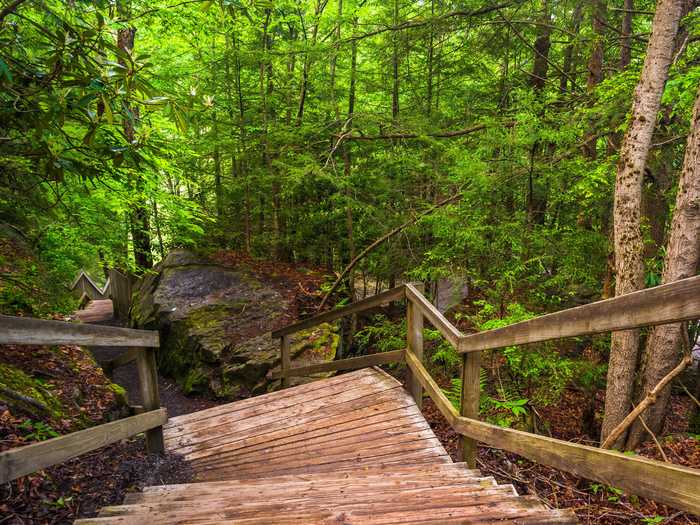
The aptly named Mountain State is the only state that lies completely within the Appalachian Mountain region. You can hike all of the Appalachian Trail's 2,184 miles, passing through West Virginia and traversing scenic, wooded, and pastoral lands.
Source: Marshall University
WISCONSIN: Apostle Islands National Lakeshore
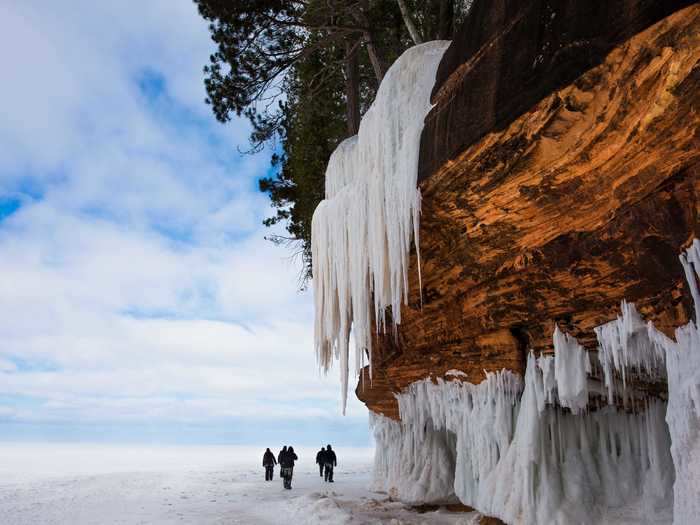
The Apostle Islands National Lakeshore calls to the explorer in all of us. An archipelago of 21 wilderness islands dot the waters of Lake Superior, and frozen waterfalls hang inside sea caves.
Source: Travel Wisconsin
WYOMING: Grand Prismatic Spring
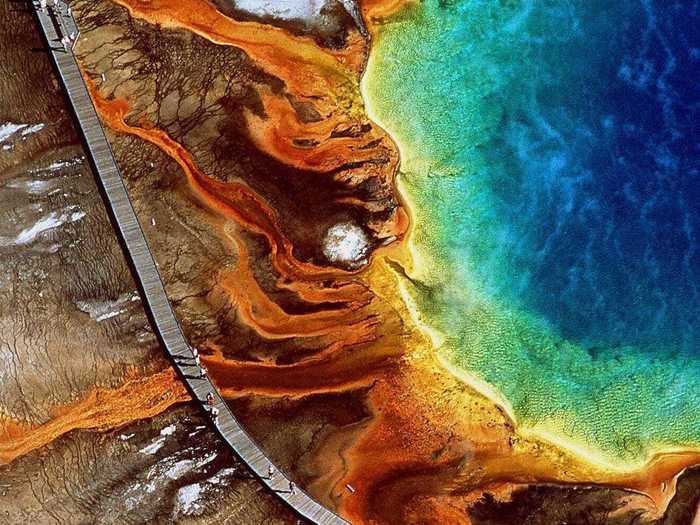
Yellowstone National Park's Grand Prismatic Spring is proof that "bacteria can be beautiful." Pigmented bacteria lives on the perimeter of the country's largest hot spring, producing a brilliant rainbow effect.
Source: Slate
- Read more:
- 18 mind-boggling optical illusions you can find in nature
- 35 of the most beautiful natural wonders around the world
- Stunning nature photos that will make you see the world in a whole new light
- The best underwater photo of the year shows Antarctic seals gliding gracefully around an iceberg like ballet dancers
READ MORE ARTICLES ON
Popular Right Now
Popular Keywords
Advertisement